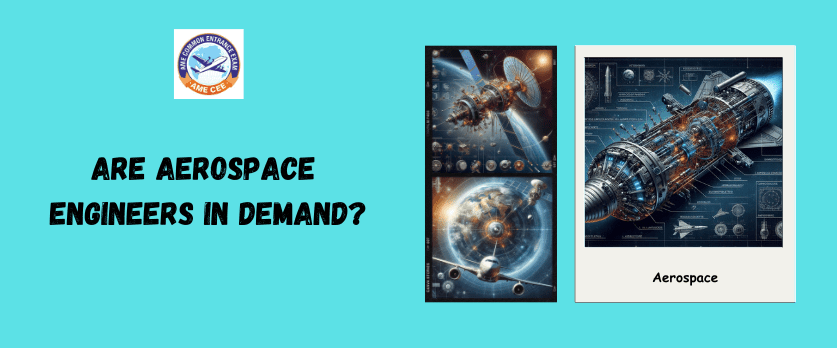The Demand for Aerospace Engineers: Job Outlook, Scope, and Future Opportunities
Aerospace engineering is a field that has been instrumental in shaping the way humans travel and explore space. As technology continues to advance, the demand for aerospace engineers remains significant. Here’s a detailed look at the job outlook, scope, and future opportunities for aerospace engineers:
Job Outlook
Global Aerospace Industry Growth
The global aerospace industry has witnessed consistent growth, driven by increased air travel, satellite deployments, advancements in defense technologies, and the emerging space exploration sector.
Renewal of Aircraft Fleets
Many airlines and defense agencies are investing in the renewal of their aircraft fleets, leading to a demand for aerospace engineers involved in designing and developing new, fuel-efficient, and technologically advanced aircraft.
Space Exploration Boom
The increasing interest in space exploration, both by government space agencies and private companies, has created new opportunities for aerospace engineers. The development of spacecraft, satellites, and related technologies is on the rise.
Emerging Technologies
Advancements in electric propulsion, autonomous systems, and innovative materials are driving demand for engineers with expertise in these areas.
Scope in Aerospace Engineering
Aircraft Design and Manufacturing
Aerospace engineers play a crucial role in designing and manufacturing aircraft, ranging from commercial airplanes to military jets and unmanned aerial vehicles (UAVs).
Spacecraft and Satellite Development
The scope extends to the design and development of spacecraft, satellites, and space exploration vehicles. This includes both crewed and uncrewed missions.
Propulsion Systems
Engineers specializing in propulsion systems are in demand for creating more efficient and environmentally friendly engines for aircraft and spacecraft.
Avionics and Systems Integration
The integration of sophisticated avionics systems, communication technologies, and flight control systems requires expertise in avionics and systems integration.
Research and Development
Opportunities abound in research and development, exploring new technologies, materials, and methods to enhance aerospace capabilities.
Future Opportunities
Urban Air Mobility
The concept of urban air mobility (UAM) is gaining traction, leading to potential opportunities for engineers involved in developing electric vertical takeoff and landing (eVTOL) vehicles for urban transportation.
Reusable Spacecraft
With a focus on sustainable space exploration, the development of reusable spacecraft and launch vehicles presents exciting opportunities for aerospace engineers.
Hypersonic Travel
Research and development in hypersonic travel are opening doors for engineers to work on next-generation aircraft capable of traveling at speeds exceeding Mach 5.
Commercial Space Tourism
The rise of commercial space tourism is creating demand for engineers involved in designing and developing space vehicles for civilian space travel.
Challenges
Environmental Concerns
Aerospace engineers are increasingly tasked with addressing environmental concerns, including reducing carbon emissions from aircraft and making space exploration more sustainable.
Global Economic Factors
Economic factors, geopolitical tensions, and global events can impact the aerospace industry, influencing job opportunities and the overall demand for aerospace engineers.
Conclusion
In conclusion, aerospace engineering continues to be a dynamic and promising field with diverse opportunities. The increasing demand for air travel, space exploration initiatives, and emerging technologies ensure that aerospace engineers remain crucial to shaping the future of transportation and exploration. However, staying abreast of technological advancements, addressing environmental challenges, and adapting to the evolving landscape of the aerospace industry will be essential for professionals in this field. For individuals considering a career in aerospace engineering, the outlook is promising, with the potential for impactful contributions to the advancement of aviation and space technologies.
To become an aerospace engineer you may could join aerospace engineering through AME COMMON ENTRANCE EXAM (AME CEE) this examination you may join Aerospace Engineering approved by AICTE.


